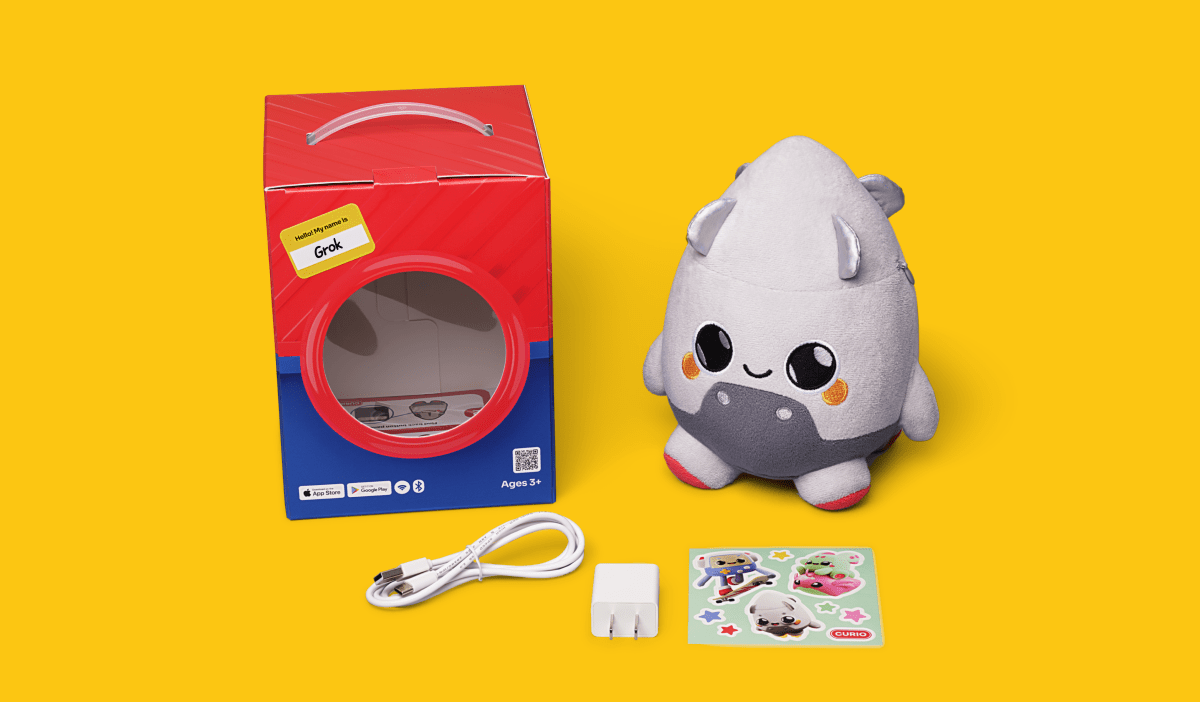AI plush toys: screen-time fix or parental stand-in?

AI chatbots are being tucked inside soft, huggable plush toys and pitched as a healthier alternative to kids’ screen time. The promise is simple: conversation and play without a tablet or TV.
But not everyone is convinced. In one demonstration, a parent tested an AI plush called Grem from a startup making talking toys for children. (The company also offers a plush named Grok, with no relation to any similarly named chatbot.) What began as a cute interaction soon felt unsettling: rather than upgrading the classic teddy bear, the experience came across as a potential replacement for the parent–child back-and-forth.
The concern isn’t just about the back-end technology or the fun factor. Even if these toys keep kids off screens for a while, the underlying message may still be that the “end point” of curiosity lives inside a device—or, in this case, a voice-enabled plush. That’s a very different lesson than what many parents hope for from imaginative play.
In the end, the parent did let the kids play with Grem—but only after removing and hiding the voice box. The result was telling: the children still talked to the toy, made up games and had fun. Then, as the novelty of the plush wore off, they asked to watch TV anyway.
For families weighing AI stuffed animals, it’s a trade-off: a novel, chatty companion that can spark engagement—or a gadget that risks nudging kids toward device-shaped answers to every question. The decision will likely come down to how much technology parents want woven into everyday play.



